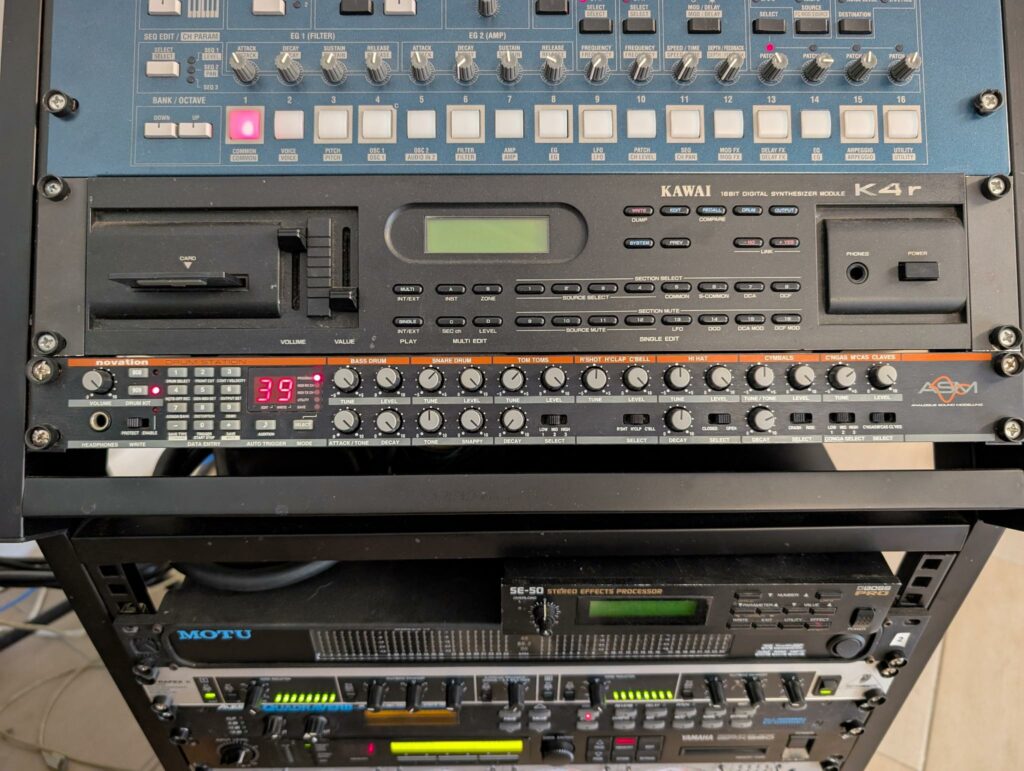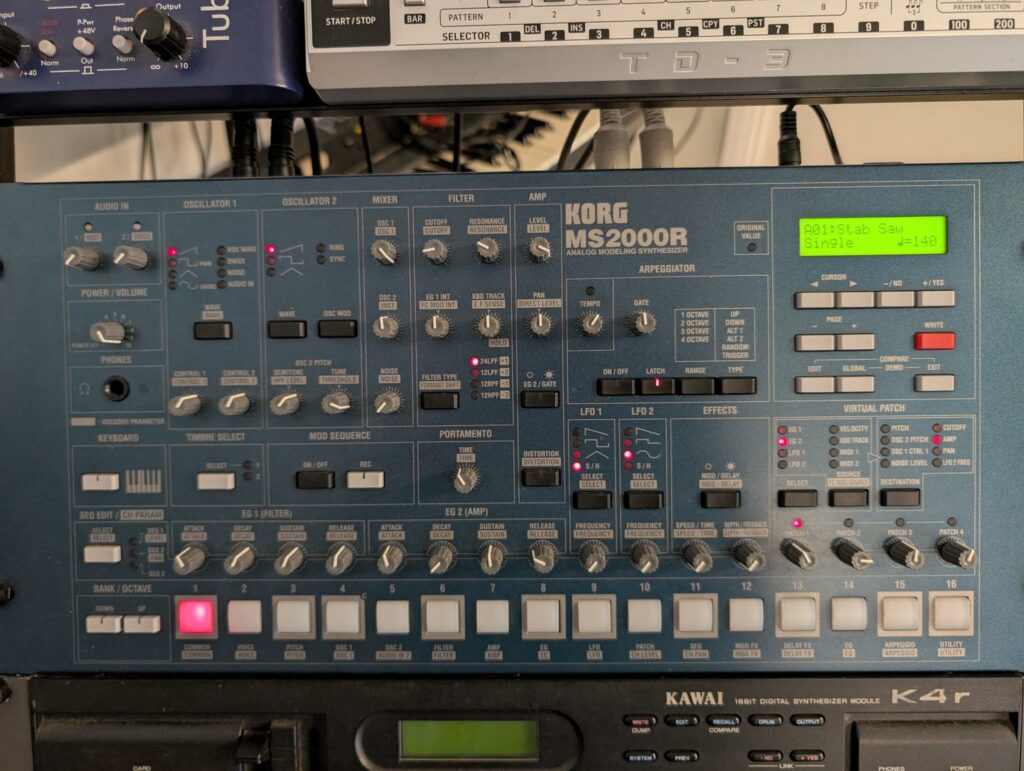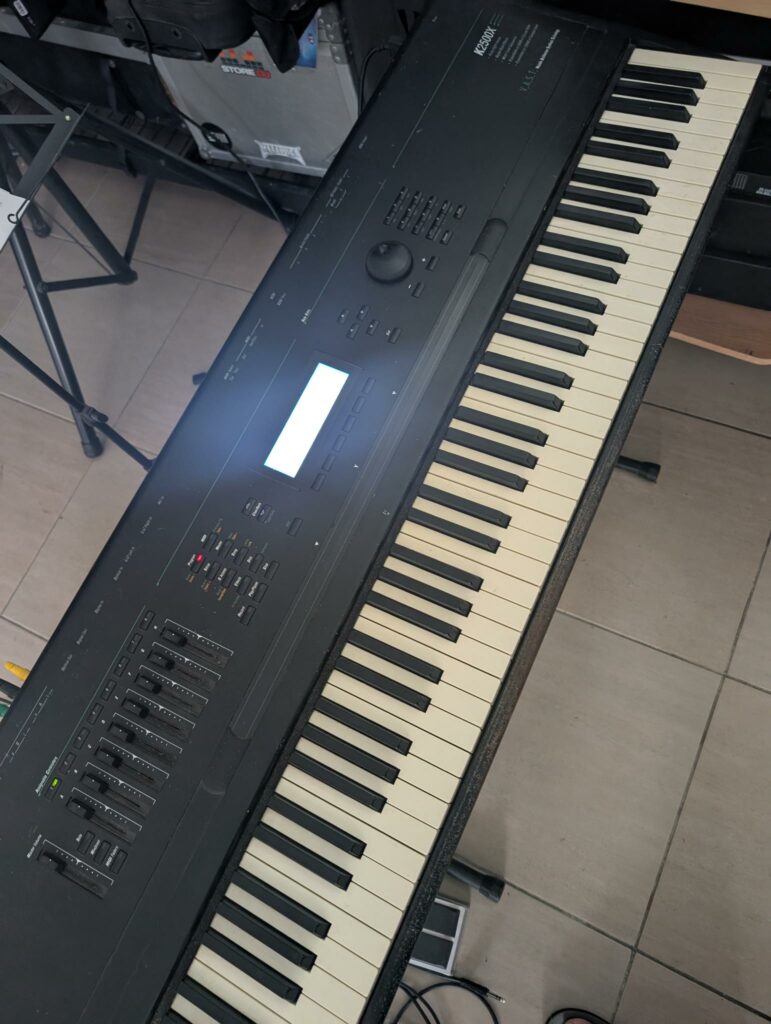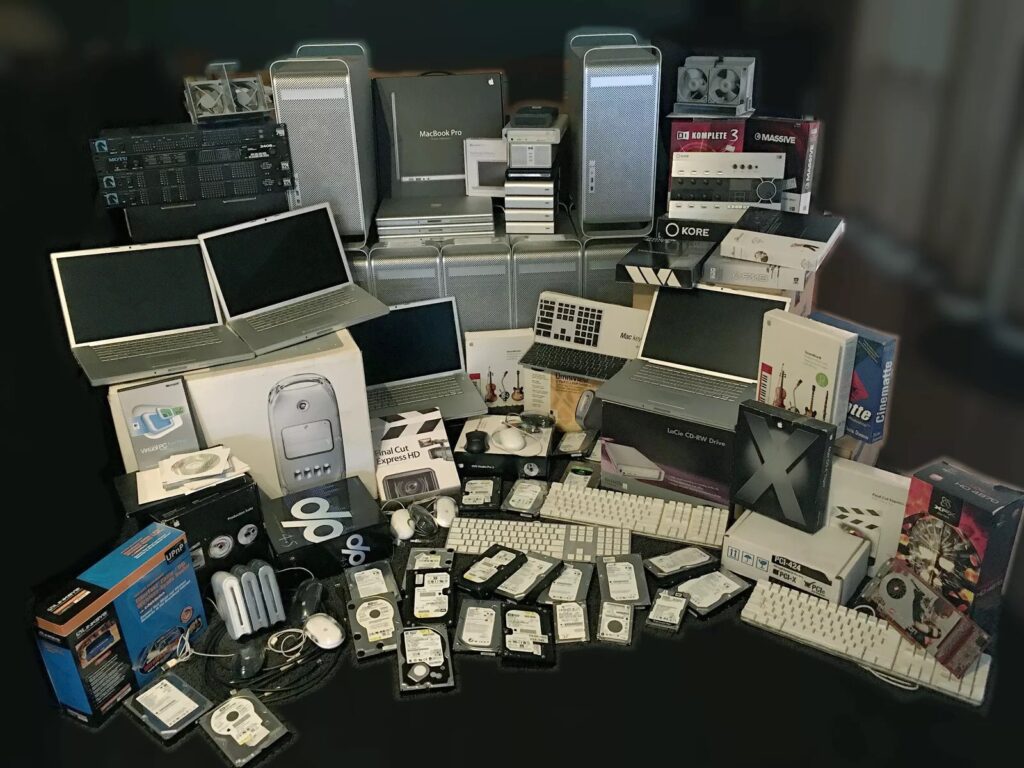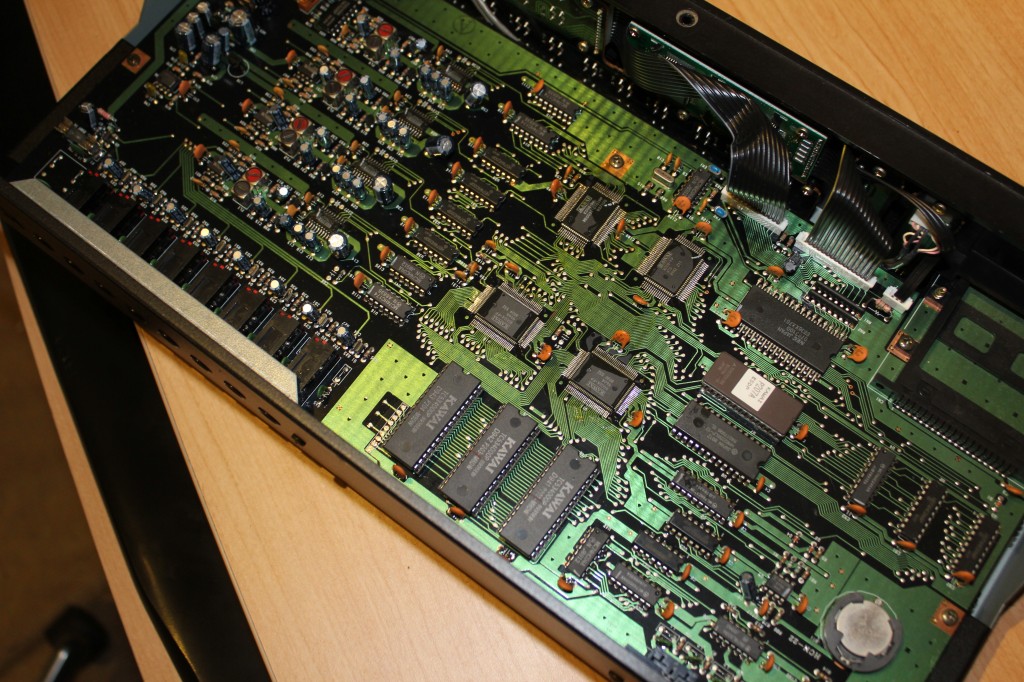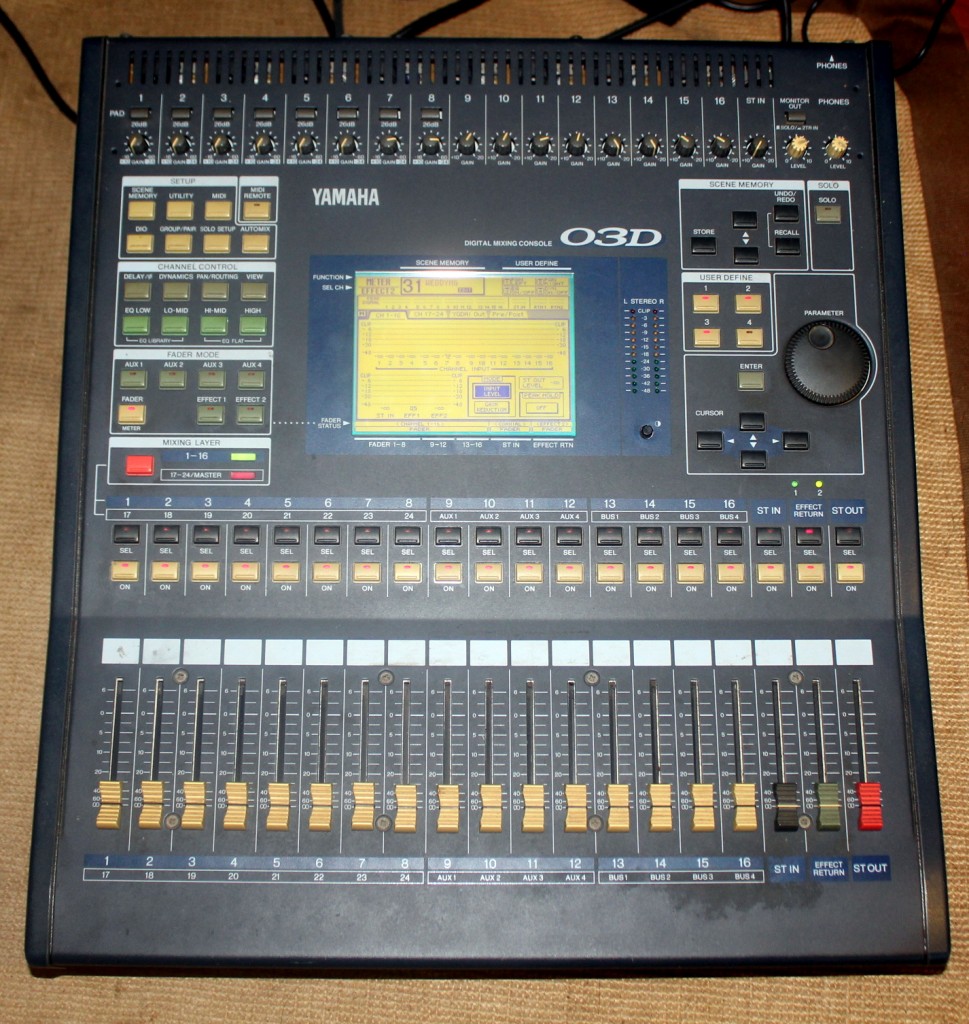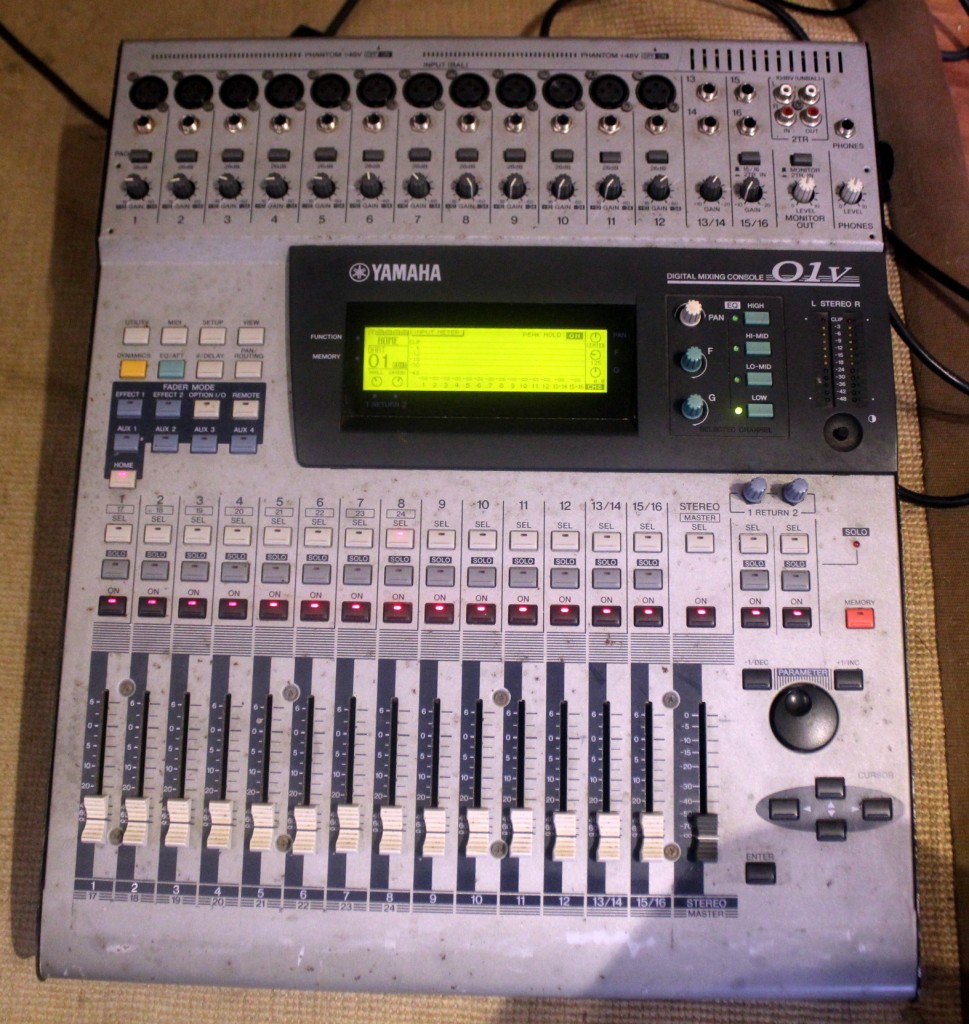Fresh off the truck and settled into the rack is the Novation Drumstation V2. Yeah, I finally splashed out! I’ve been wrestling with plugins for my drum sounds—and you know how much I love finding a good hardware piece, especially one that nails those classic sounds (like tracking down the vintage Technics amp).
The big draw, of course, is that analog feel. Everyone knows that getting those punchy, real sounds is tough, especially since most commercial tracks these days are ridiculously loud and bright.
Tackling the 909 Legacy
The reason anyone buys a Drumstation is simple: they want that Roland TR-909 sound without having to sell a kidney just to afford an original unit. The 909 is a legend, the heartbeat of house and techno music. It’s infamous for its hybrid architecture—the kick, snare, and toms were analog synthesis, but the hi-hats and cymbals were 6-bit samples. That combination gave it that specific aggressive punch and bright sizzle.
The Drumstation V2 doesn’t use samples; it uses Novation’s Analog Sound Modelling (ASM) technology. This is key: it recreates the circuitry of the original drums using digital signal processing (DSP), which means you get that synthetic 909 kick drum that’s legendary for its powerful decay and ability to clip beautifully.
The Technical Lowdown: V2 vs. The Original
The V2 version supposedly fixed a lot of the subtle MIDI timing issues and velocity control problems that plagued the original Drumstation. But does it truly compare to the real deal?
Where the Drumstation shines is the kick drum and the bass elements (kick, snare, toms) because the ASM accurately models the analog synthesis parts of the 909. You get dedicated knobs for tuning, decay, and tone, mimicking the physical controls of the original machine, letting you tweak that massive kick right into the mixer.
However, replicating those raw, crunchy 6-bit sampled hi-hats and cymbals of the original 909 digitally is always the sticking point. While the Drumstation V2 attempts to model the characteristics of the 909’s sample playback section, sometimes you lose that raw, slightly dirty sonic character—the kind of grit I was trying to preserve when I remade that classic techno track, ‘Psycho Green’. I found myself constantly needing to knock the top off sounds back then to make them sound less “2011” and more “1993”. The Drumstation V2 generally offers cleaner sound reproduction than the vintage hardware.
For my studio, running everything into Cubase, having those iconic sounds available instantly via MIDI, without the maintenance headache of a broken vintage synth (like my Juno-106 fiasco) is a massive win. This thing is going to deliver some seriously huge sounds for my next batch of tracks!
Expect some noise soon, folks. This is going to be stella!
